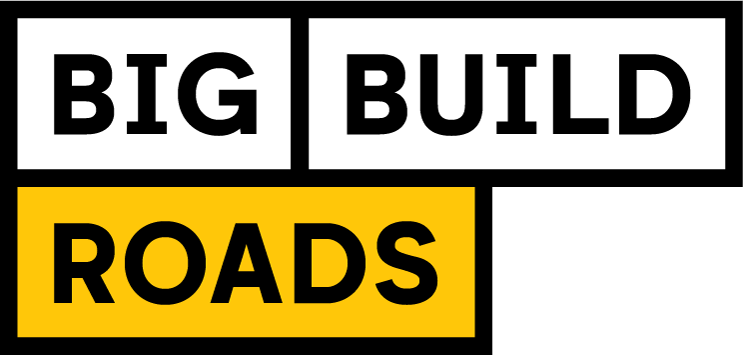
Squirrel Gliders in Echuca-Moama now have a new mode of transport with the installation of 7 wildlife crossings, as part of the Echuca-Moama Bridge Project.
Squirrel Gliders move by gliding between trees. The crossing points along Warren Street and the new road connecting Echuca and Moama will allow them to move safely between habitats.
The crossings are made from timber poles up to 16.5 metres high, with the rope bridges measuring between 35 and 75 metres in length. We’ve also created more than 450 habitat hollows in trees throughout Victoria Park and along the Campaspe River to provide shelter for local wildlife.
Hollows in trees are essential for many wildlife species, providing refuge from the weather and predators, and safe sites for roosting and breeding. We're conducting annual inspections of the habitat hollows installed to assess their effectiveness.
Other habitat improvement work has been done in focused areas of Victoria Park during construction, including weed control and revegetation designed to improve habitat for local wildlife.
During 2022, we will continue to revegetate areas within Victoria Park with native trees, shrubs and grasses.
The Echuca-Moama Bridge Project is the largest transport infrastructure project in northern Victoria. It is jointly funded by the Australian, Victorian and New South Wales governments. Stage 3 of the Project includes new bridges over the Campaspe and Murray rivers, two additional flood relief bridges and a new walking and cycling path along the route.
When complete, the new road will reduce traffic on the existing Murray River bridge by about 40 per cent and better link the two towns.